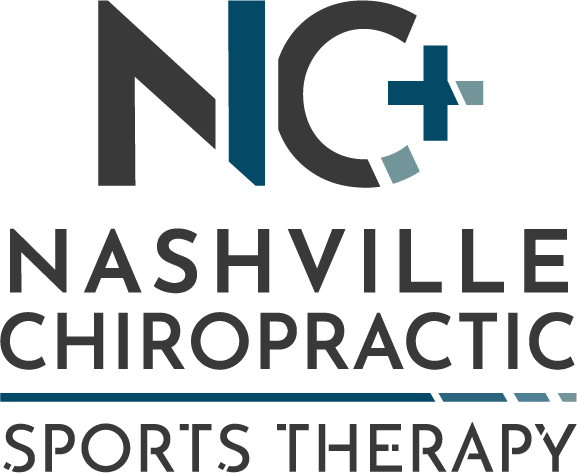Introducing: The Gym at Nashville Chiropractic + Sports Therapy
Welcome to the new state-of-the-art gym space at Nashville Chiropractic + Sports Therapy, where fitness and wellness come together with a clinical focus to help you pursue your goals! We’re excited to offer a versatile environment that’s tailored to support everyone, whether you're new to working out or experienced and ready to expand your fitness journey.
Our new gym is thoughtfully designed to provide three key ways to engage:
1. Personal Training: With one-on-one guidance from our experienced trainers, each session is personalized to fit your unique needs and goals. Our trainers design programs informed by clinical research and tailored to your fitness level, whether your focus is on strength, flexibility, or functional movement. You'll have access to top-notch equipment, plus the expertise needed to maximize your time and effort in the gym.
2. Small Group Fitness Classes: Experience the energy of a supportive group environment with our small group classes. Designed with a clinical perspective, these sessions focus on targeted exercises that support overall health and rehabilitation. With a maximum of 6-8 participants, each class allows for personalized attention and a motivating atmosphere to help you stay consistent and connected to your goals.
3. Open Gym: For those who prefer a more independent workout, our open gym option provides flexibility and access to all the equipment you need to complete rehab exercises or pursue your fitness plan. Our welcoming space offers a range of equipment that allows you to train at your own pace and make the most of every visit.
With a focus on clinically informed training, each program and piece of equipment is selected to support real-life health and fitness outcomes. We understand that everyone’s goals are different, so our mission is to create an inviting space where you can come as you are, learn at your pace, and find value in what matters most to you. Whether you're working on recovery, strength, or mobility, we’re here to support you every step of the way.
CURRENT PRICING for 2024:
Single sessions = $20/session
10-session pack = $190 (Current discount online)
1 month unlimited = $200
6 month unlimited commitment = $180/month
Visit, call, or email to set up your sessions!



